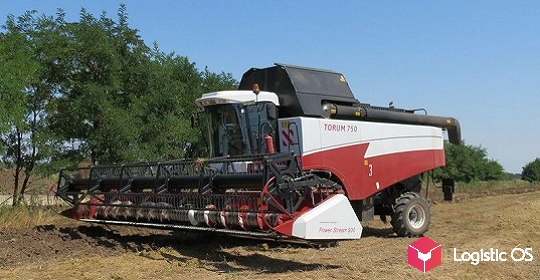According to recent data, the sale of agricultural products abroad brings Russia the most income, not counting revenues from oil and gas.
If you look at the weight of agricultural products sold, then exports over the past year have increased by 70%, noted acting head of the Federal Customs Service Ruslan Davydov.
True, in monetary terms the growth is not so noticeable, since prices for agricultural products have dropped noticeably recently.
Grain export figures have increased noticeably — for 2023 it is even higher than last year. However, this is largely due to the fact that last season’s products were actively sold out just during this season.
Who buys Russian agricultural products?
Of the 36 countries that were listed as importers a few years ago, there are now 33 countries left.
However, recently they have begun to show interest in our products, for example, in Latin American countries, so this figure can also be restored.
The most active buyers of Russian grain today are China, as well as Egypt, Kazakhstan and the countries of the Middle East.
In addition to grain, the export of oilseeds, including sunflower oil, is also actively growing. Its supplies abroad increased by about 5%.
Are there prospects for further growth?
It is unlikely that it will be possible to repeat the 2022 harvest record — almost 158 million tons of grain were harvested then, and about 140 million tons are planned this year.
This is also a very good value, which will not only fully cover domestic needs, but will also open up wide opportunities for export. However, the Ministry of Agriculture may limit it if it sets quotas, experts say.
In addition, Russia can increase the production of grain legumes by 25% next season, noted Eduard Zernin, Chairman of the Board of the Union of Grain Exporters.
There is also interest in such crops abroad. For example, they are actively purchased by Türkiye, Spain, Pakistan and China.
Moreover, the share of Russian pea supplies in the structure of Chinese imports is about 50%.
The Celestial Empire is also the most important market for Russian wheat, but there is still a limiting factor here: in China it is allowed to buy only spring wheat, while a significant part of this crop harvested in the Russian Federation is winter.
In general, Russia’s position in the global food market is strengthening.
The problems encountered by Ukrainian exports, as well as increased demand from African countries, may bring additional opportunities to it in the near future, experts say.

